Do You Need a New Chimney? Here’s how to Tell.
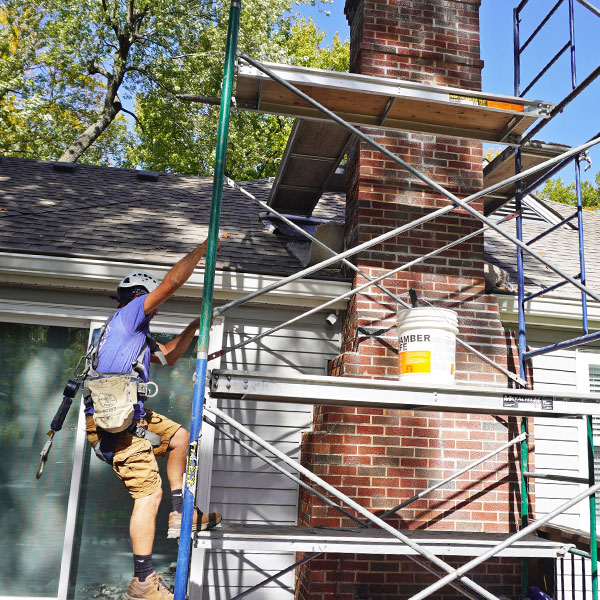 Chimneys are strong and will last for many years, when they’re built well and properly maintained. But even the best chimney won’t last forever. If your chimney is older or has suffered a lot of damage, you may be wondering if you need a new chimney. Here are some things to consider.
Chimneys are strong and will last for many years, when they’re built well and properly maintained. But even the best chimney won’t last forever. If your chimney is older or has suffered a lot of damage, you may be wondering if you need a new chimney. Here are some things to consider.
Minor issues don’t mean the chimney is ready to be replaced
Smoke backing up in the house, nasty odors coming from the fireplace, a leak here or there – these aren’t necessarily signs your chimney has outlived its usefulness. Many bothersome issues with your chimney can be repaired to make the chimney run like new again.
Water leaks can be fixed and prevented. Damaged components can be replaced with new ones. Drafting issues usually aren’t difficult to solve. Problems with your chimney’s masonry can be remedied through tuckpointing, brick replacement and partial rebuilding.
In certain cases, a chimney will be damaged so badly that it needs to be completely rebuilt in order to operate safely and efficiently. The only way to know the exact state of your chimney is through an inspection performed by a certified chimney technician.
Chimney problems that need to be addressed
The following types of common problems should be addressed before they lead to the need for a complete chimney replacement.
Crumbling bricks and mortar: This can be caused by water damage, lightning strikes, pounding hail, earthquakes and other events. Your chimney inspector will assess the bricks and mortar and recommend the best way to repair the damage.
Leaky chimney: Water leaks start small but can do significant damage to the chimney structure over time. Minor leaks often can be treated with a waterproof sealant; larger leaks may need masonry work or the replacement of certain chimney components.
Component damage: Components such as the chimney cap and chimney flashing are critical in preventing water from getting into the system. Chimney caps block not only water but also debris, which can cause poor drafting. Flashing guards the gap between the chimney and the roof to prevent serious water damage to parts of the home and the chimney masonry below the roof line.
Smoke drafting issues: The reason smoke backs up into a home could be minor and easy to solve, or it could point to a major issue with your chimney system. Chimneys that were improperly built for the fireplaces they’re connected to often can’t draft smoke efficiently. Your chimney technician will figure out why there’s sluggish drafting and recommend the right solution.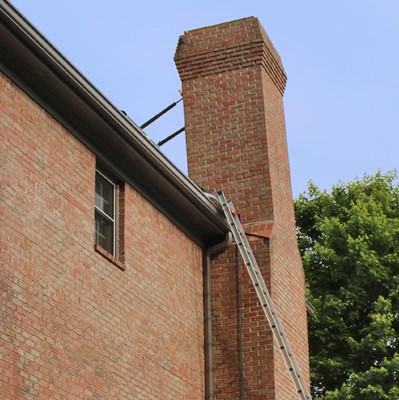
Leaning chimney: If your chimney is leaning to one side, there may be structural damage either above or below the roof line. The problem also may be caused by issues with the chimney footing. A certified chimney inspection is definitely needed for a leaning chimney before any repair work is started.
When you need a new chimney
Licensed chimney professionals can do many things to resolve structural and functional issues with a chimney. The only time to consider building a new chimney is after all other options have been exhausted and your chimney no longer can be repaired in a way that makes it run safely and efficiently.
Fluesbrothers Chimney & Fireplace of Kansas City, KS, can help with any type of chimney damage you may be experiencing. Our CSIA-certified experts understand chimney systems inside and out and know what it takes to get yours running at peak capacity. Talk with a chimney pro today at (913) 236-7141.
The post Do You Need a New Chimney? Here’s how to Tell. appeared first on Fluesbrothers Chimney Service.
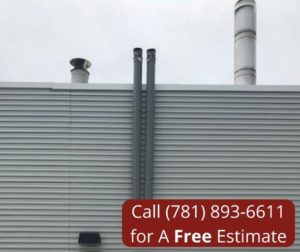

 CSIA-certified chimney sweeps regularly see the signs left in the wake of a chimney fire. You can spot some of them yourself.
CSIA-certified chimney sweeps regularly see the signs left in the wake of a chimney fire. You can spot some of them yourself. Open the Damper
Open the Damper If your chimney is obstructed, your fireplace will be smoky. Creosote is the number one cause of a blocked chimney. With every wood fire, combustion materials stick to the chimney flue on the way out of the chimney. Annual chimney cleaning is recommended by the National Fire Protection Association (NFPA). The Chimney Safety Institute of America (CSIA) recommends getting your chimney cleaned when there is 1/8th of an inch of sooty buildup in the chimney lining.
If your chimney is obstructed, your fireplace will be smoky. Creosote is the number one cause of a blocked chimney. With every wood fire, combustion materials stick to the chimney flue on the way out of the chimney. Annual chimney cleaning is recommended by the National Fire Protection Association (NFPA). The Chimney Safety Institute of America (CSIA) recommends getting your chimney cleaned when there is 1/8th of an inch of sooty buildup in the chimney lining.
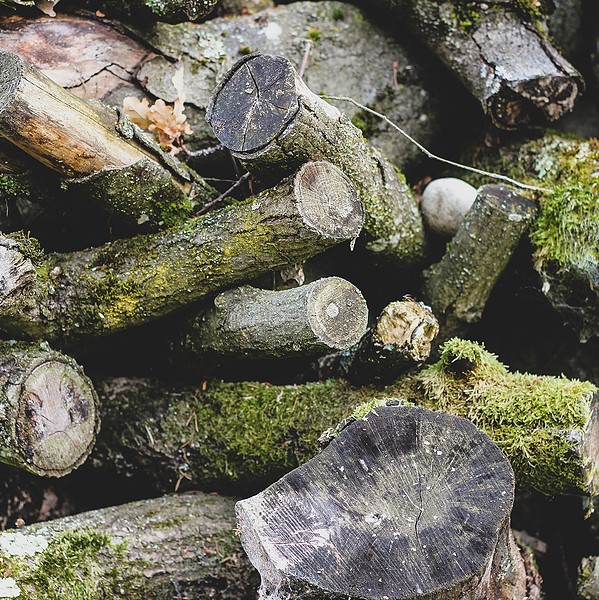 Basically, firewood is divided into hardwood and softwood varieties. Hardwoods such as hickory, maple and walnut burn longer and with less smoke and creosote deposits in your chimney than spruce, pine, redwood and other softwoods.
Basically, firewood is divided into hardwood and softwood varieties. Hardwoods such as hickory, maple and walnut burn longer and with less smoke and creosote deposits in your chimney than spruce, pine, redwood and other softwoods.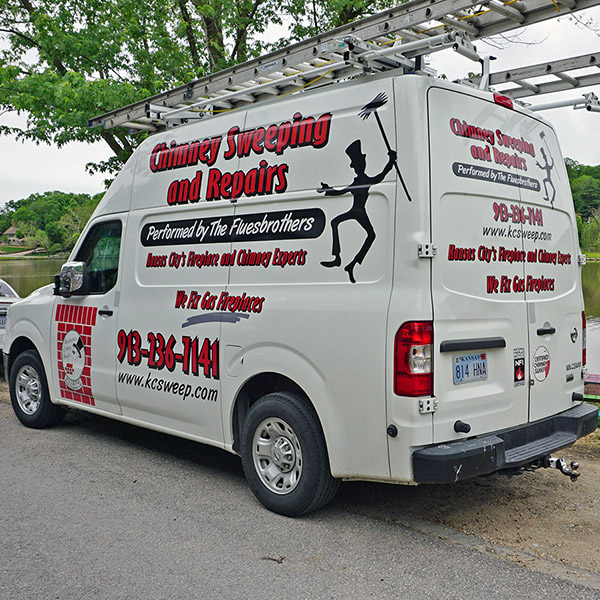 Following these guidelines will make you a true master of the art of firewood and give you a lifetime of quality fires and lots of comfort and enjoyment.
Following these guidelines will make you a true master of the art of firewood and give you a lifetime of quality fires and lots of comfort and enjoyment.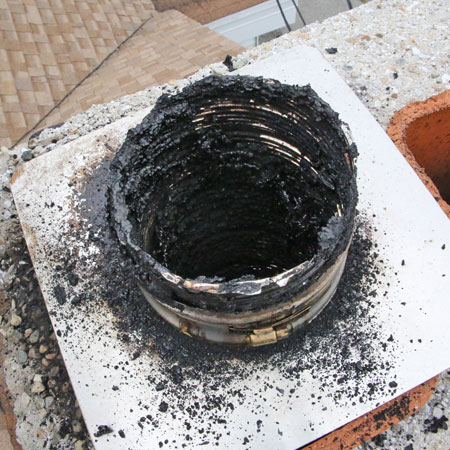 The older corbeled method no longer meets current building code requirements due to an increased fire risk. Corbeling involves staggering the bricks like steps. The jagged edges increase the likelihood that the mortar joints will suffer accelerated deterioration due to its proximity to the heat and gases rising through the narrow chamber. The deterioration can cause gaps or voids that inhibit venting, increasing the risk of carbon monoxide poisoning. The accumulation of creosote in these areas can also increase fire risk and reduce its structural integrity.
The older corbeled method no longer meets current building code requirements due to an increased fire risk. Corbeling involves staggering the bricks like steps. The jagged edges increase the likelihood that the mortar joints will suffer accelerated deterioration due to its proximity to the heat and gases rising through the narrow chamber. The deterioration can cause gaps or voids that inhibit venting, increasing the risk of carbon monoxide poisoning. The accumulation of creosote in these areas can also increase fire risk and reduce its structural integrity. Smoke chamber repair
Smoke chamber repair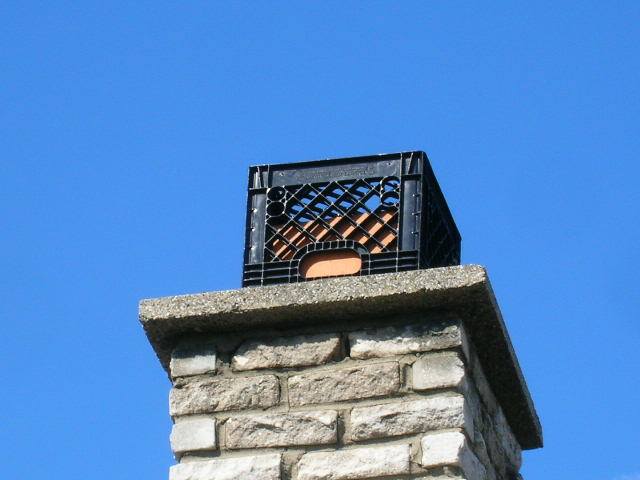

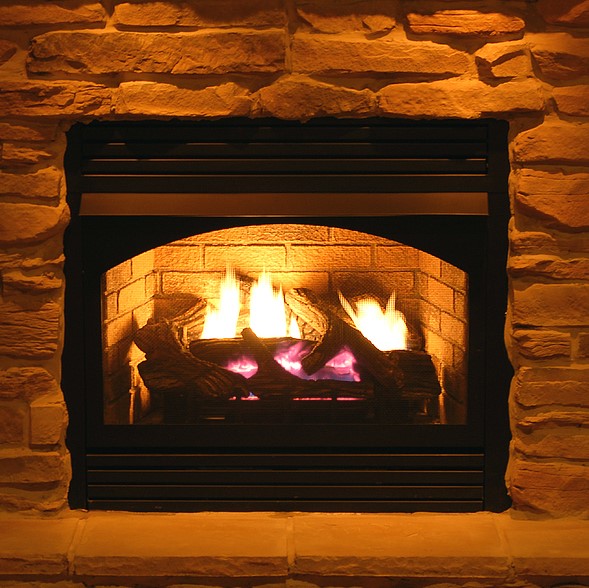 Traditional wood-burning fireplaces are an excellent addition to any home, but they have one major downside: inefficiency. Most of the heat goes up the chimney, and that’s one of the reasons why many homeowners consider
Traditional wood-burning fireplaces are an excellent addition to any home, but they have one major downside: inefficiency. Most of the heat goes up the chimney, and that’s one of the reasons why many homeowners consider 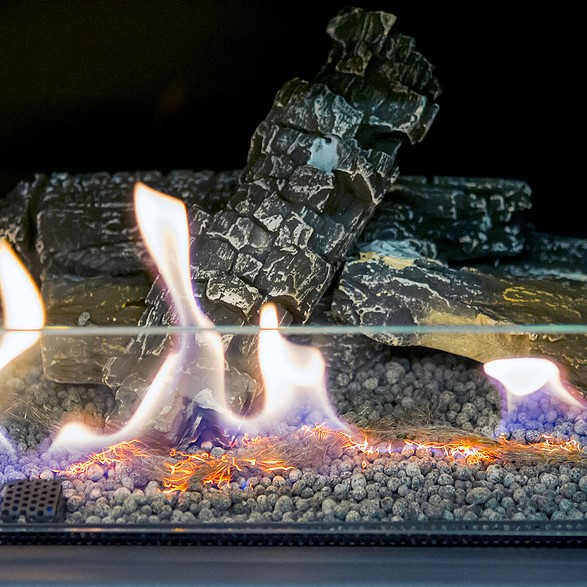 Why Convert Your Traditional Fireplace to Gas?
Why Convert Your Traditional Fireplace to Gas?